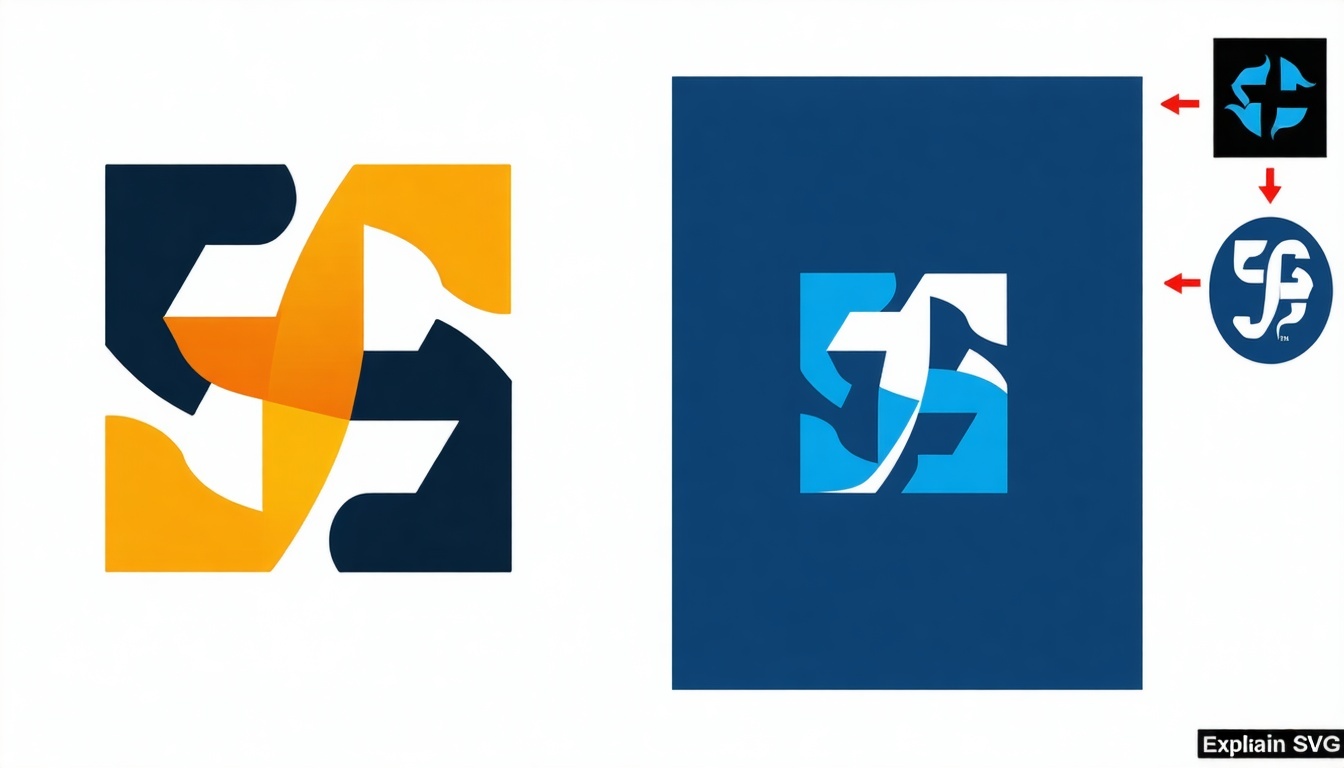
Risk assessment for BIMI implementation: Identifying and mitigating potential issues
A proactive risk assessment is vital for a successful BIMI rollout. This article outlines how to identify common BIMI implementation risks and provides practical strategies for mitigating them, ensuring your brand’s email authentication is robust and compliant.
Why Risk Assessment Matters in BIMI Implementation
Risk assessment is essential for anticipating challenges and preventing common pitfalls in BIMI (Brand Indicators for Message Identification) projects. By systematically identifying and addressing risks—from technical missteps to compliance gaps—you can safeguard your brand’s reputation and ensure a smooth transition to BIMI.
Common Risks in BIMI Implementation
Technical Configuration Errors
- Incorrect DMARC policy: BIMI requires DMARC set to “quarantine” or “reject” at 100% enforcement. Failing to configure this properly can result in legitimate emails being quarantined or rejected, or BIMI not activating at all.
- Incomplete email authentication: Every email source must be properly authenticated with SPF and DKIM. Missing or misconfigured records can cause delivery failures.
- Non-compliant SVG logo files: Many domains fail BIMI due to logos not meeting SVG Tiny Portable/Secure standards, incorrect formatting, or exceeding size limits.
Certificate and Authority Issues
- Invalid, expired, or mismatched VMCs: Verified Mark Certificates must be valid, current, and match the logo and domain. Certificate issues are a leading cause of BIMI failures.
- Incorrect authority evidence location: Errors in DNS records or serving files over HTTP instead of HTTPS can invalidate your BIMI setup.
Brand and Security Risks
- Brand impersonation: While BIMI increases brand visibility, it does not prevent attackers from registering similar domains to impersonate your brand.
- Phishing and domain spoofing: BIMI relies on DMARC for protection, but additional monitoring and security measures are needed to defend against sophisticated phishing tactics.
Risk Assessment and Prioritization Process
- Risk identification: Identify all internal and external risks, including technical, operational, and reputational threats.
- Risk assessment: Assess each risk for likelihood and potential impact, prioritizing those that are both highly likely and highly impactful.
- Stakeholder involvement: Involve key stakeholders and subject matter experts to ensure a comprehensive risk review.
Risk Mitigation Strategies for BIMI
Technical Risk Mitigation
- Automated record validation: Use automated tools or validators to check DMARC, SPF, DKIM, and BIMI DNS records before rollout.
- SVG logo compliance check: Validate your SVG logo with a BIMI-compliant validator to ensure it meets all standards.
- Continuous authentication monitoring: Monitor email authentication continuously, especially after changes to infrastructure or DNS.
Certificate and Compliance Mitigation
- Track certificate expiration dates: Set reminders for timely VMC renewal to prevent lapses.
- Verify authority evidence and DNS records: Ensure locations are correct and served securely over HTTPS.
- Regular compliance audits: Audit your BIMI and VMC setup for evolving standards.
Brand and Security Risk Mitigation
- Monitor for lookalike domains: Consider defensive registrations to protect your brand.
- Educate staff and users: Provide training about phishing and impersonation risks, even after BIMI implementation.
- Use DMARC reporting tools: Maintain visibility into email-sending activity to quickly identify unauthorized use.
Best Practices for Ongoing Risk Management
- Regular risk assessment updates: Review and update your risk assessment regularly as your email environment or BIMI standards evolve.
- Cross-functional involvement: Involve management and cross-functional teams in risk reviews and mitigation planning.
- Test and monitor mitigation strategies: Test your mitigation strategies and monitor results to ensure effectiveness.
Do you need help assessing or mitigating risks for your BIMI project?
Our agents can guide you through technical validation, compliance checks, and ongoing monitoring.
Find more answers in our BIMI risk management and technical FAQ section.
A thorough risk assessment is the foundation of a successful BIMI implementation. By identifying technical, compliance, and brand risks early, you can take targeted action and ensure your brand’s email authentication is secure and effective.



